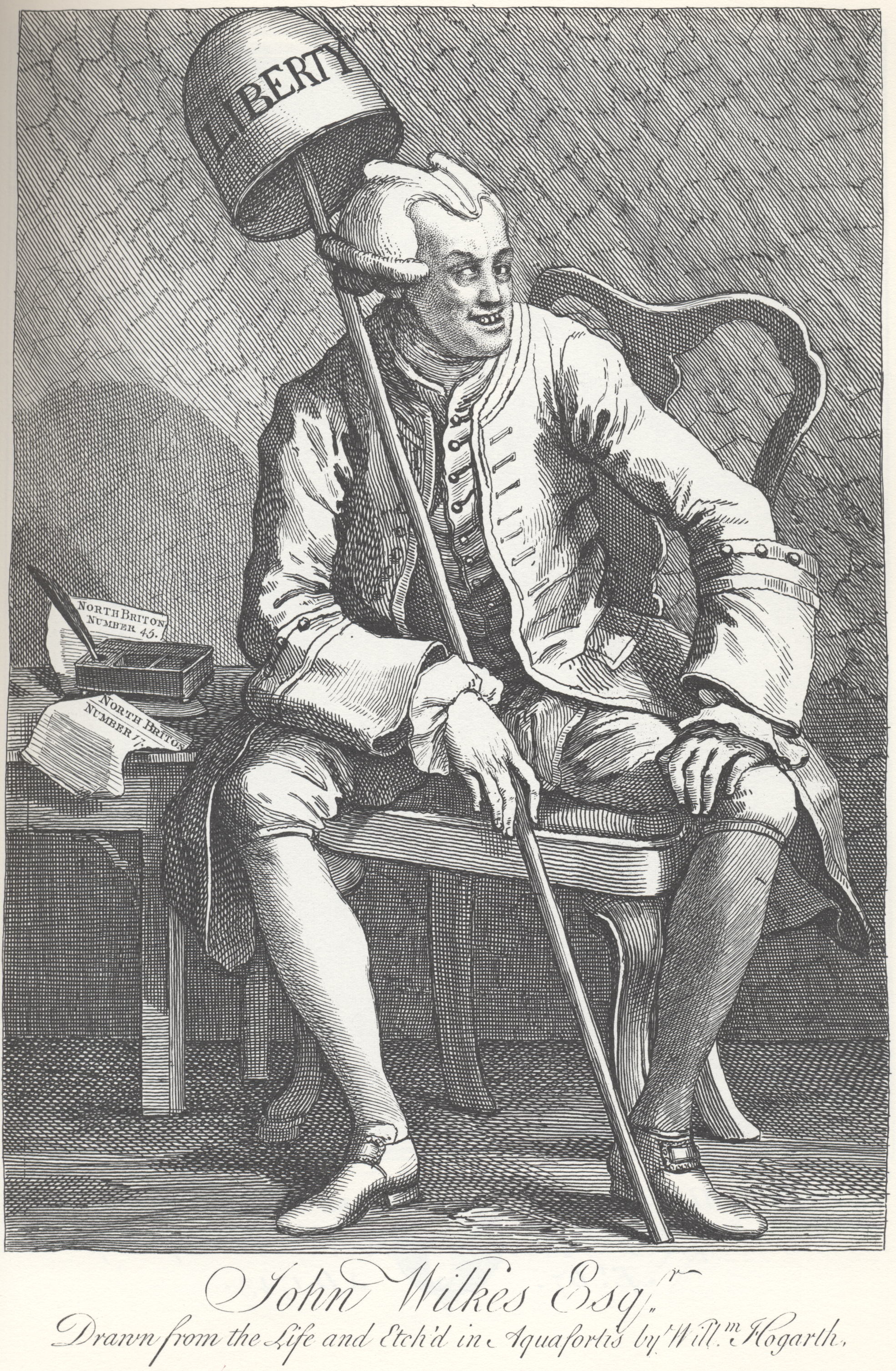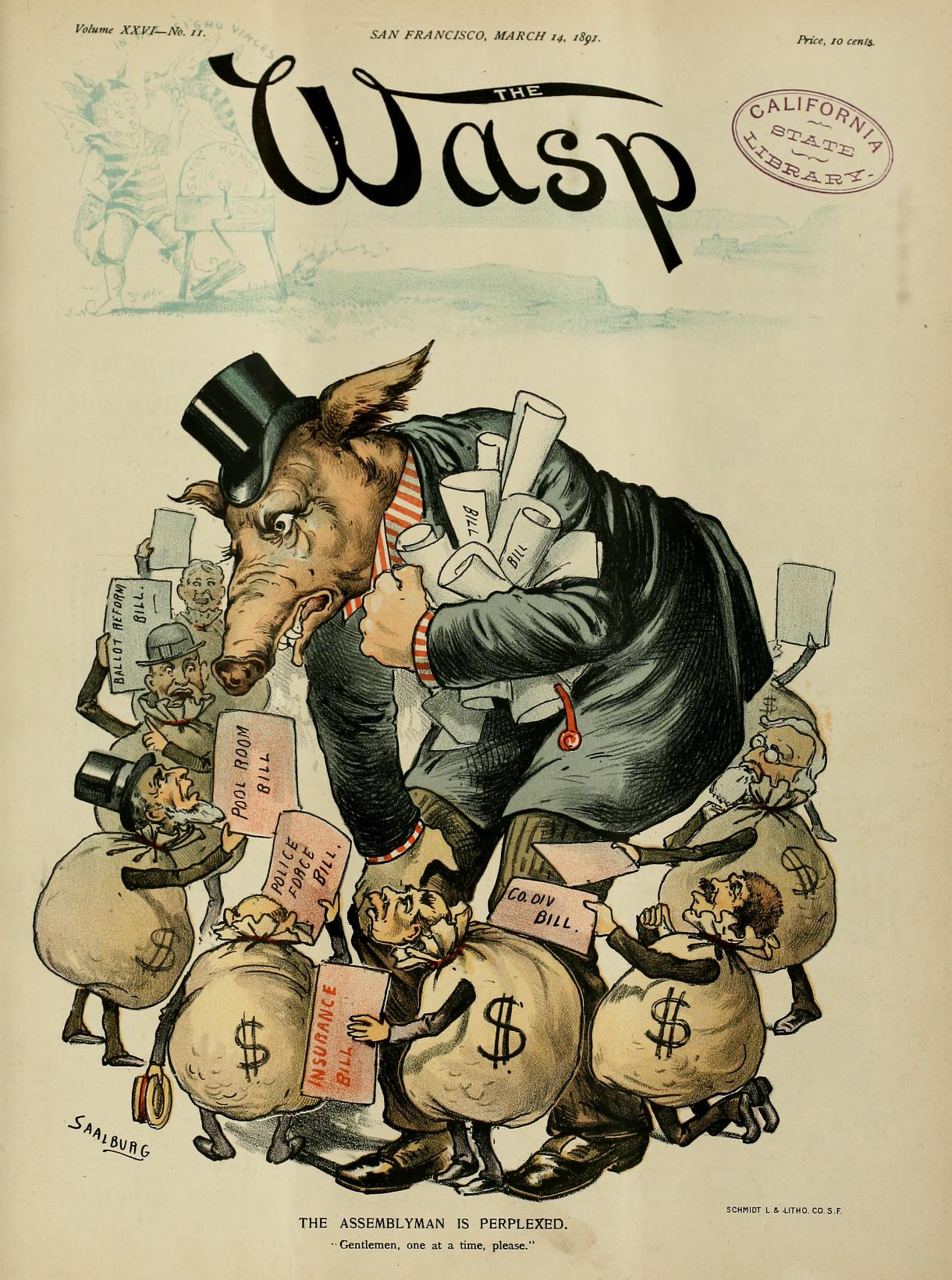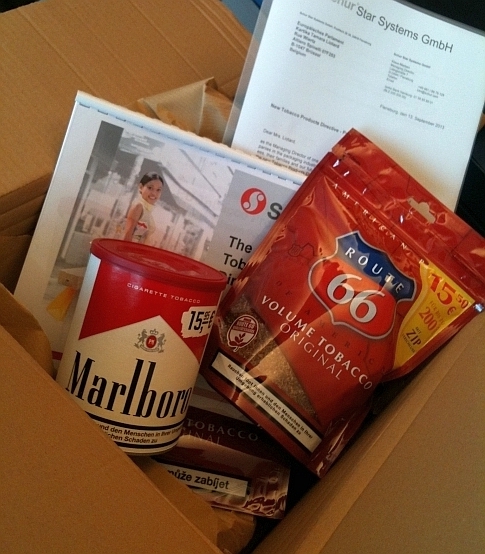|
Canadian Cattlemen's Association
The Canadian Cattlemen's Association is an advocacy group promoting the interests of cow-calf producers, feedlots, and packers in the Canadian beef industry. Throughout its history, the CCA has worked to improve market access for Canadian beef producers and in lobbying efforts with the Canadian government. Structure The CCA is made up of eight provincial members' organizations that provide the 27 members of the board of directors. The eight provincial member organizations include B.C. Cattlemen's Association, Alberta Beef Producers, Saskatchewan Cattlemen's Association, Manitoba Beef Producers, Beef Farmers of Ontario, New Brunswick Cattle Producers, Nova Scotia Cattle Producers and Prince Edward Island Cattle Producers. Lobby group According to the Federal lobbyist registry, from January to September 2012, the Canadian Cattlemen's Association had 113 contacts with federal officials to discuss issues such as financial loan guarantees, imports of non-NAFTA beef and veal, animal h ... [...More Info...] [...Related Items...] OR: [Wikipedia] [Google] [Baidu] |
Advocacy Group
Advocacy groups, also known as interest groups, special interest groups, lobbying groups or pressure groups use various forms of advocacy in order to influence public opinion and ultimately policy. They play an important role in the development of political and social systems. Motives for action may be based on Politics, political, religious, morality, moral, or commerce, commercial positions. Groups Methods used by advocacy groups, use varied methods to try to achieve their aims, including lobbying, media campaigns, consciousness raising, awareness raising publicity stunts, Opinion poll, polls, research, and policy briefings. Some groups are supported or backed by powerful business or political interests and exert considerable influence on the political process, while others have few or no such resources. Some have developed into important social, political institutions or social movements. Some powerful advocacy groups have been accused of manipulating the democratic syste ... [...More Info...] [...Related Items...] OR: [Wikipedia] [Google] [Baidu] |
Prince Edward Island
Prince Edward Island (PEI; ) is one of the thirteen Provinces and territories of Canada, provinces and territories of Canada. It is the smallest province in terms of land area and population, but the most densely populated. The island has several nicknames: "Garden of the Gulf", "Birthplace of Confederation" and "Cradle of Confederation". Its capital and largest city is Charlottetown. It is one of the three Maritime provinces and one of the four Atlantic provinces. Part of the traditional lands of the Miꞌkmaq, it was colonized by the French in 1604 as part of the colony of Acadia. The island was ceded to the British at the conclusion of the French and Indian War in 1763 and became part of the colony of Nova Scotia, and in 1769 the island became its own British colony. Prince Edward Island hosted the Charlottetown Conference in 1864 to discuss a Maritime Union, union of the Maritime provinces; however, the conference became the first in a series of meetings which led to Canadi ... [...More Info...] [...Related Items...] OR: [Wikipedia] [Google] [Baidu] |
Trade Associations Based In Canada
Trade involves the transfer of goods and services from one person or entity to another, often in exchange for money. Economists refer to a system or network that allows trade as a market. An early form of trade, barter, saw the direct exchange of goods and services for other goods and services, i.e. trading things without the use of money. Modern traders generally negotiate through a medium of exchange, such as money. As a result, buying can be separated from selling, or earning. The invention of money (and letter of credit, paper money, and non-physical money) greatly simplified and promoted trade. Trade between two traders is called bilateral trade, while trade involving more than two traders is called multilateral trade. In one modern view, trade exists due to specialization and the division of labour, a predominant form of economic activity in which individuals and groups concentrate on a small aspect of production, but use their output in trades for other products a ... [...More Info...] [...Related Items...] OR: [Wikipedia] [Google] [Baidu] |
Beef
Beef is the culinary name for meat from cattle (''Bos taurus''). In prehistoric times, humankind hunted aurochs and later domesticated them. Since that time, numerous breeds of cattle have been bred specifically for the quality or quantity of their meat. Today, beef is the third most widely consumed meat in the world, after pork and poultry. As of 2018, the United States, Brazil, and China were the largest producers of beef. Beef can be prepared in various ways; cuts are often used for steak, which can be cooked to varying degrees of doneness, while trimmings are often ground or minced, as found in most hamburgers. Beef contains protein, iron, and vitamin B12. Along with other kinds of red meat, high consumption is associated with an increased risk of colorectal cancer and coronary heart disease, especially when processed. Beef has a high environmental impact, being a primary driver of deforestation with the highest greenhouse gas emissions of any agricultural product. ... [...More Info...] [...Related Items...] OR: [Wikipedia] [Google] [Baidu] |
Food Industry Trade Groups
Food is any substance consumed by an organism for nutritional support. Food is usually of plant, animal, or fungal origin, and contains essential nutrients, such as carbohydrates, fats, proteins, vitamins, or minerals. The substance is ingested by an organism and assimilated by the organism's cells to provide energy, maintain life, or stimulate growth. Different species of animals have different feeding behaviours that satisfy the needs of their unique metabolisms, often evolved to fill a specific ecological niche within specific geographical contexts. Omnivorous humans are highly adaptable and have adapted to obtain food in many different ecosystems. The majority of the food energy required is supplied by the industrial food industry, which produces food with intensive agriculture and distributes it through complex food processing and food distribution systems. This system of conventional agriculture relies heavily on fossil fuels, which means that the food and agricultural ... [...More Info...] [...Related Items...] OR: [Wikipedia] [Google] [Baidu] |
Lobbying Organizations In Canada
In politics, lobbying, persuasion or interest representation is the act of lawfully attempting to influence the actions, policies, or decisions of government officials, most often legislators or members of regulatory agencies. Lobbying, which usually involves direct, face-to-face contact, is done by many types of people, associations and organized groups, including individuals in the private sector, corporations, fellow legislators or government officials, or advocacy groups (interest groups). Lobbyists may be among a legislator's constituencies, meaning a voter or bloc of voters within their electoral district; they may engage in lobbying as a business. Professional lobbyists are people whose business is trying to influence legislation, regulation, or other government decisions, actions, or policies on behalf of a group or individual who hires them. Individuals and nonprofit organizations can also lobby as an act of volunteering or as a small part of their normal job. Governme ... [...More Info...] [...Related Items...] OR: [Wikipedia] [Google] [Baidu] |
Lobbying In Canada
Lobbying in Canada is an activity where organizations or people outside of government attempt to influence the decision making of elected politicians or government officials at the municipal, provincial or federal level. Lobbying has changed in Canada from a period where it was restricted to economic and social elites to the modern day, when lobbying is used as a tool by many forms of civil society organizations to advance their view for what society and government should look like, with over 5,000 people now working as registered lobbyists at Canada's federal level. Lobbying began as an unregulated profession, but since the late 20th century has been regulated by government to increase transparency and establish a set of ethics for both lobbyists, and those who will be lobbied. Canada does not require disclosure of lobbyist spending on lobbying activities. History Pre-Colonization Scholarship on influencing of decision-makers within various First Nations is sparse. Traditions ... [...More Info...] [...Related Items...] OR: [Wikipedia] [Google] [Baidu] |
Canadian Lobbyists
In politics, lobbying, persuasion or interest representation is the act of lawfully attempting to influence the actions, policies, or decisions of government officials, most often legislators or members of regulatory agencies. Lobbying, which usually involves direct, face-to-face contact, is done by many types of people, associations and organized groups, including individuals in the private sector, corporations, fellow legislators or government officials, or advocacy groups (interest groups). Lobbyists may be among a legislator's constituencies, meaning a voter or bloc of voters within their electoral district; they may engage in lobbying as a business. Professional lobbyists are people whose business is trying to influence legislation, regulation, or other government decisions, actions, or policies on behalf of a group or individual who hires them. Individuals and nonprofit organizations can also lobby as an act of volunteering or as a small part of their normal job. Governme ... [...More Info...] [...Related Items...] OR: [Wikipedia] [Google] [Baidu] |
National Cattlemen's Beef Association
National Cattlemen's Beef Association (NCBA) is an American trade association and lobbying group working for American beef producers. Advertising campaign National Cattlemen's Beef Association is a contractor to the Beef Checkoff, which is the group responsible for the ad campaign run in the U.S. using the slogan " Beef. It's What's For Dinner". Music from the ballet ''Rodeo'' by Aaron Copland is used in the radio and television commercials. On January 21, 2008, Matthew McConaughey became the spokesman of the organization, having taken over from Sam Elliott and the late Jim Davis and Robert Mitchum. The ''Dinner'' ad replaced ''Beef. Real food for real people.'' James Garner was spokesman until he underwent quintuple heart bypass surgery. The NCBA, as a contractor to the Beef Checkoff, cannot promote or financially support any political candidates or campaigns. The NCBA has disputed that the beef industry contributes to climate change and has even claimed that the beef industry ... [...More Info...] [...Related Items...] OR: [Wikipedia] [Google] [Baidu] |
NAFTA
The North American Free Trade Agreement (NAFTA ; es, Tratado de Libre Comercio de América del Norte, TLCAN; french: Accord de libre-échange nord-américain, ALÉNA) was an agreement signed by Canada, Mexico, and the United States that created a trilateral trade bloc in North America. The agreement came into force on January 1, 1994, and superseded the 1988 Canada–United States Free Trade Agreement between the United States and Canada. The NAFTA trade bloc formed one of the largest trade blocs in the world by gross domestic product. The impetus for a North American free trade zone began with U.S. president Ronald Reagan, who made the idea part of his 1980 presidential campaign. After the signing of the Canada–United States Free Trade Agreement in 1988, the administrations of U.S. president George H. W. Bush, Mexican President Carlos Salinas de Gortari, and Canadian prime minister Brian Mulroney agreed to negotiate what became NAFTA. Each submitted the agreement for rati ... [...More Info...] [...Related Items...] OR: [Wikipedia] [Google] [Baidu] |
Nova Scotia
Nova Scotia ( ; ; ) is one of the thirteen provinces and territories of Canada. It is one of the three Maritime provinces and one of the four Atlantic provinces. Nova Scotia is Latin for "New Scotland". Most of the population are native English-speakers, and the province's population is 969,383 according to the 2021 Census. It is the most populous of Canada's Atlantic provinces. It is the country's second-most densely populated province and second-smallest province by area, both after Prince Edward Island. Its area of includes Cape Breton Island and 3,800 other coastal islands. The Nova Scotia peninsula is connected to the rest of North America by the Isthmus of Chignecto, on which the province's land border with New Brunswick is located. The province borders the Bay of Fundy and Gulf of Maine to the west and the Atlantic Ocean to the south and east, and is separated from Prince Edward Island and the island of Newfoundland by the Northumberland and Cabot straits, ... [...More Info...] [...Related Items...] OR: [Wikipedia] [Google] [Baidu] |
Feedlots
A feedlot or feed yard is a type of animal feeding operation (AFO) which is used in intensive animal farming, notably beef cattle, but also swine, horses, sheep, turkeys, chickens or ducks, prior to slaughter. Large beef feedlots are called concentrated animal feeding operations (CAFO) in the United States and intensive livestock operations (ILOs) or confined feeding operations (CFO) in Canada. They may contain thousands of animals in an array of pens. Purpose and regulation The basic principle of the feedlot is to increase the amount of fat gained by each animal as quickly as possible; if animals are kept in confined quarters rather than being allowed to range freely over grassland, they will gain weight more quickly and efficiently with the added benefit of economies of scale. Most feedlots require some type of governmental approval to operate, which generally consists of an agricultural site permit. Feedlots also would have an environmental plan in place to deal with the ... [...More Info...] [...Related Items...] OR: [Wikipedia] [Google] [Baidu] |










